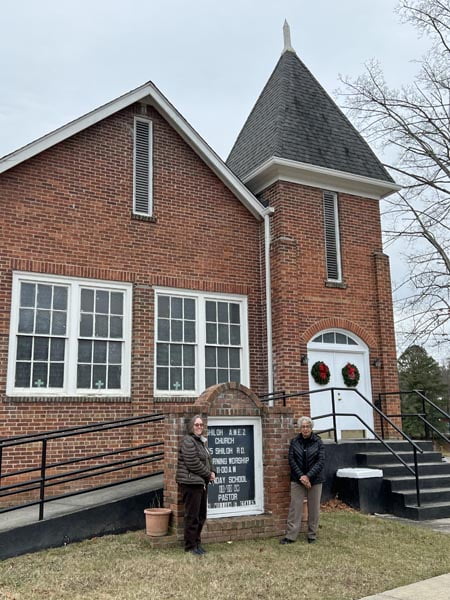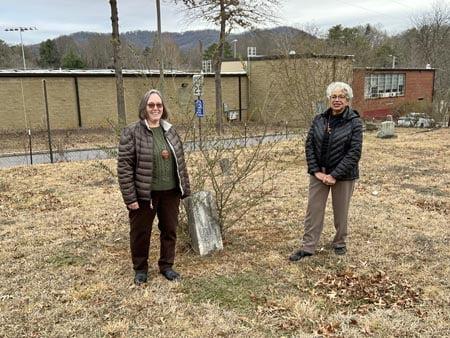Shiloh A.M.E. Zion Church Gains National Recognition
The church, now listed on the National Register of Historic Places, will hold a formal dedication in the spring.

The Shiloh A.M.E. Zion Church, at 95 Shiloh Road in South Asheville, gained a National Register of Historic Places listing in December 2022.
The church was originally located on property that is now part of the Biltmore Estate, and it has been a cornerstone of one of the longest continually inhabited African American communities in the Asheville area. The church and the residents were reestablished in the current location in 1889.
The listing was led by church member Anita White-Carter and by Diane Zimmerman, Biltmore Forest Historian. Along with Rev. William Staley, pastor of the church, they worked closely with fellow church committee members Veronica Powers, Barbara Payne, and Vanessa White. Clay Griffith of Acme Preservation Services was hired to write the nomination for the church.

A program on Thursday, January 19, 2023 at 5:30 p.m. at the church will recognize students who did in-depth research for the church. UNC Asheville history students Rebecca Kelley and Tori Rigsby, both recipients of Johnny Baxter fellowship grants, researched both the history of the Old Shiloh community and its move to the current location and, along with other students, conducted a headstone survey for the church cemetery.
Benefits of Listings in the National Register
The National Register of Historic Places is the official list of the Nation’s historic places worthy of preservation. Authorized by the National Historic Preservation Act of 1966, the National Park Service’s Register is part of a national program to coordinate and support public and private efforts to identify, evaluate, and protect America’s historic and archeological resources. For more details, visit www.nps.gov/subjects/nationalregister/what-is-the-national-register.htm.
According to the Parks Service website, National Register listings identify historically significant buildings, districts, structures, sites, and objects, and document their significance. Listings can help build community pride in the history of that community and its built environment. Historic districts can be centers of heritage tourism that help spur economic vitality.
Such listings and the related documentation can serve as educational tools to help the community understand why these properties are important and as planning tools to help guide future work in their rehabilitation and stewardship. Listed properties are also identified early in the planning process for federally funded and permitted projects as well as some state involved projects. Finally, listings on the National Register make applicable property owners eligible for grants.
Ceremony planned for spring 2023
The church will have a formal ceremony and dedication later in the spring, once the official National Register plaque is erected.






